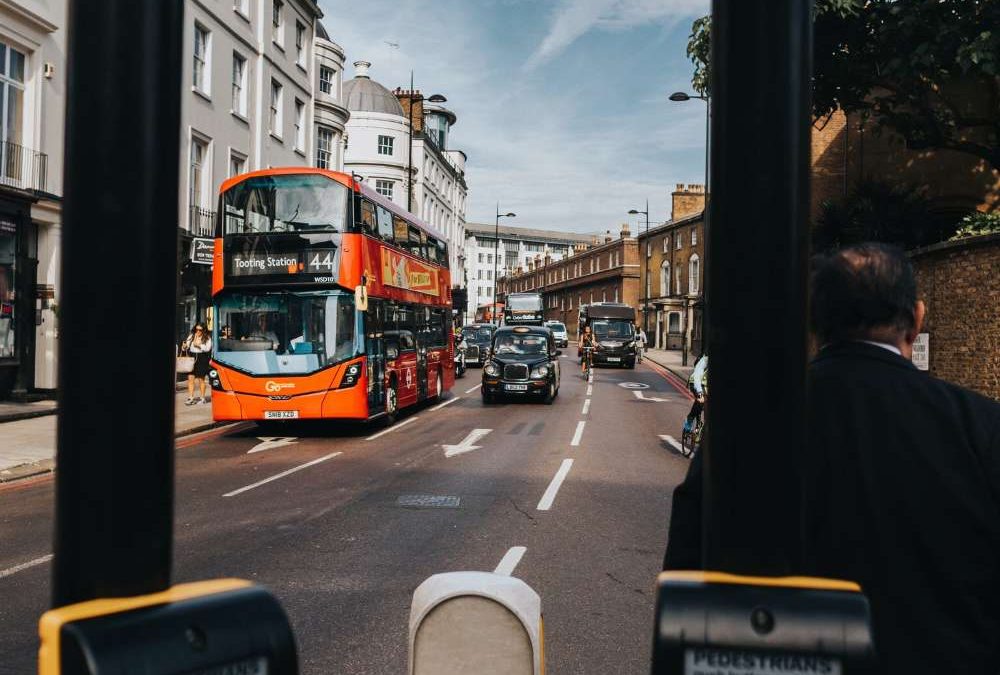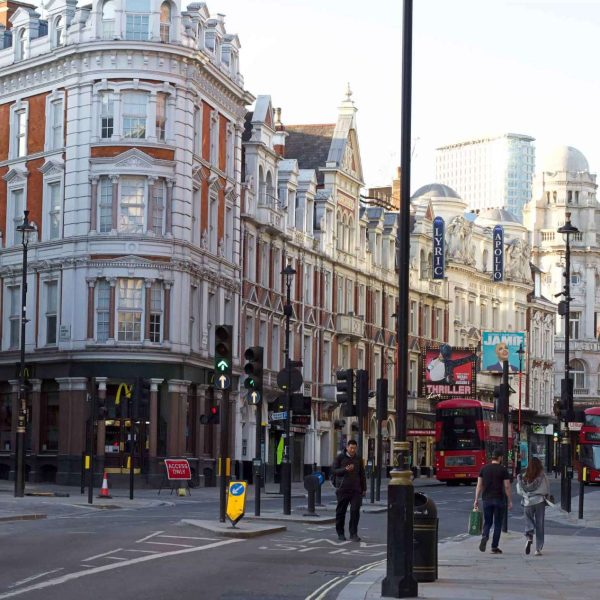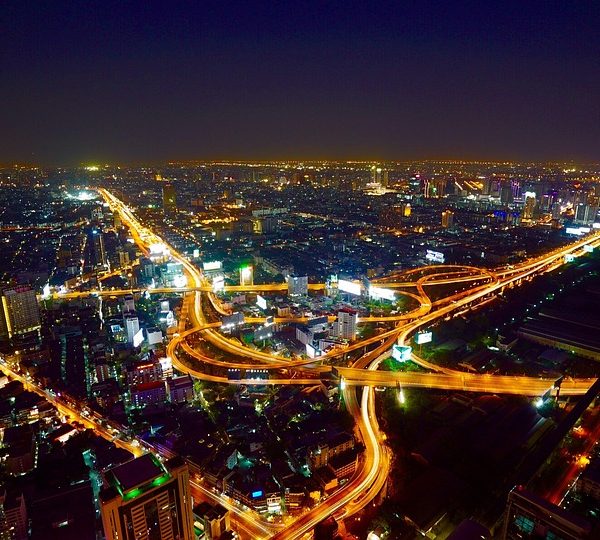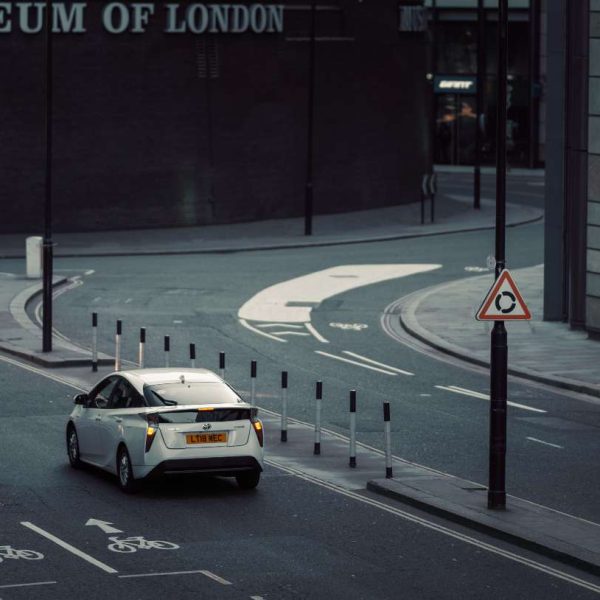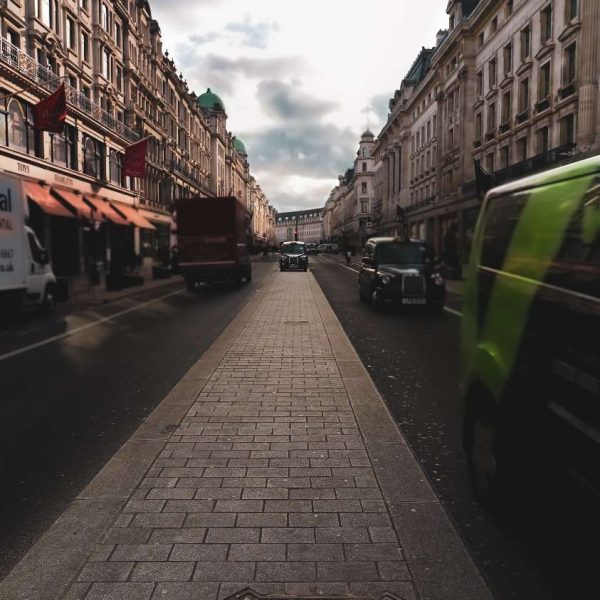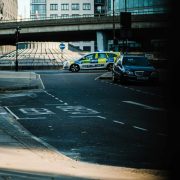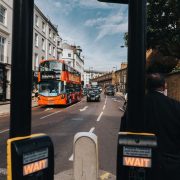The Unsung Heroes of the Road: Tales of Traffic Islands
In the symphony of city streets, amidst the hustle and honk of vehicles, lie the silent sentinels of urban life: traffic islands.
These seemingly mundane patches of concrete or greenery are often dismissed as mere road fixtures. However, delve deeper and you’ll find that they have stories to tell, tales that celebrate their role as unsung heroes in the chaotic orchestra of urban life.
1. The Origins of the Island
The traffic island is not a recent invention. The earliest forms trace back to Ancient Rome, where large stones were placed on roads to allow pedestrians to cross busy streets without getting caught in a swarm of chariots. As cities grew and traffic became more complex, these islands evolved into the oases of safety we know today.
2. Islands as Miniature Gardens
In many cities, traffic islands have been transformed into patches of greenery amidst the grey asphalt. Bursting with flowers, shrubs, and sometimes even trees, these islands become miniature gardens. They offer a visual respite to the weary commuter and a splash of color on a drab urban canvas. Some even house seasonal displays, from springtime tulips to winter’s snow-draped pines.
3. Silent Guardians of Pedestrian Safety
Traffic islands serve a noble purpose: ensuring pedestrian safety. Positioned between lanes, they offer a safe haven for those who can’t cross the entire street in one go. Particularly in cities with aggressive traffic, these islands are lifesavers, allowing pedestrians to navigate streets in stages.
4. Monuments and Memorials
Some traffic islands have risen above their primary function, turning into landmarks in their own right. Whether it’s the Eros statue in London’s Piccadilly Circus or the tiny triangle in New York’s Times Square that houses the iconic “The Crossroads of the World” sign, these islands have become iconic sites, drawing locals and tourists alike.
5. Island Tales: Urban Legends and Local Lore
As silent observers of city life, it’s no wonder that traffic islands have become subjects of urban legends and lore. There’s the mythical tale of a traffic island in Tokyo that’s said to bring luck in love to anyone who circles it three times. In another legend from Mexico City, an island adorned with a mysterious statue is believed to grant wishes on a full moon night.
6. From Traffic Islands to Pop-Up Events
Innovative urban planners are now looking at traffic islands as potential venues for pop-up events. Picture a mini-concert, an art installation, or a one-day café set up right in the middle of an island! With some creativity, these spots can become lively hubs of community engagement.
7. The Future: Tech-Infused Islands
With the rise of smart cities, even traffic islands are getting tech makeovers. Imagine islands equipped with Wi-Fi hotspots, charging stations, and interactive kiosks. Some might even house air quality monitors or sensors to gather traffic data, aiding in city planning and management.
8. Islands as Beacons of Culture
In multicultural urban centers, traffic islands can reflect local cultures and histories. From sculptures representing indigenous tales in Sydney to an island in Delhi showcasing traditional Indian art forms, these spaces can become cultural showcases, educating passersby and instilling local pride.
9. A Refuge for Urban Wildlife
Amidst the concrete jungle, traffic islands with greenery often become unexpected refuges for urban wildlife. From birds building nests on tree branches to squirrels scurrying around in search of food, these islands offer a glimpse into the delicate balance of urban ecosystems.
10. The Quiet Resilience
Rain or shine, day or night, traffic islands stand resilient. They bear the weight of snow, endure the scorching heat, and stand firm against the torrential rains. Their quiet resilience is a testament to their importance and the often-overlooked role they play in ensuring smooth urban functioning.
To conclude; Traffic islands, often unnoticed and underappreciated, are integral parts of our urban landscapes. From ensuring safety to serving as cultural landmarks, they wear many hats. As cities evolve, it’s essential to recognize and celebrate these patches of land, understanding that even in their silence, they tell tales of history, culture, and the ever-evolving story of urban life. So, the next time you pass by a traffic island, give it a nod of appreciation. After all, every hero, even the unsung ones, deserves their moment in the spotlight.



